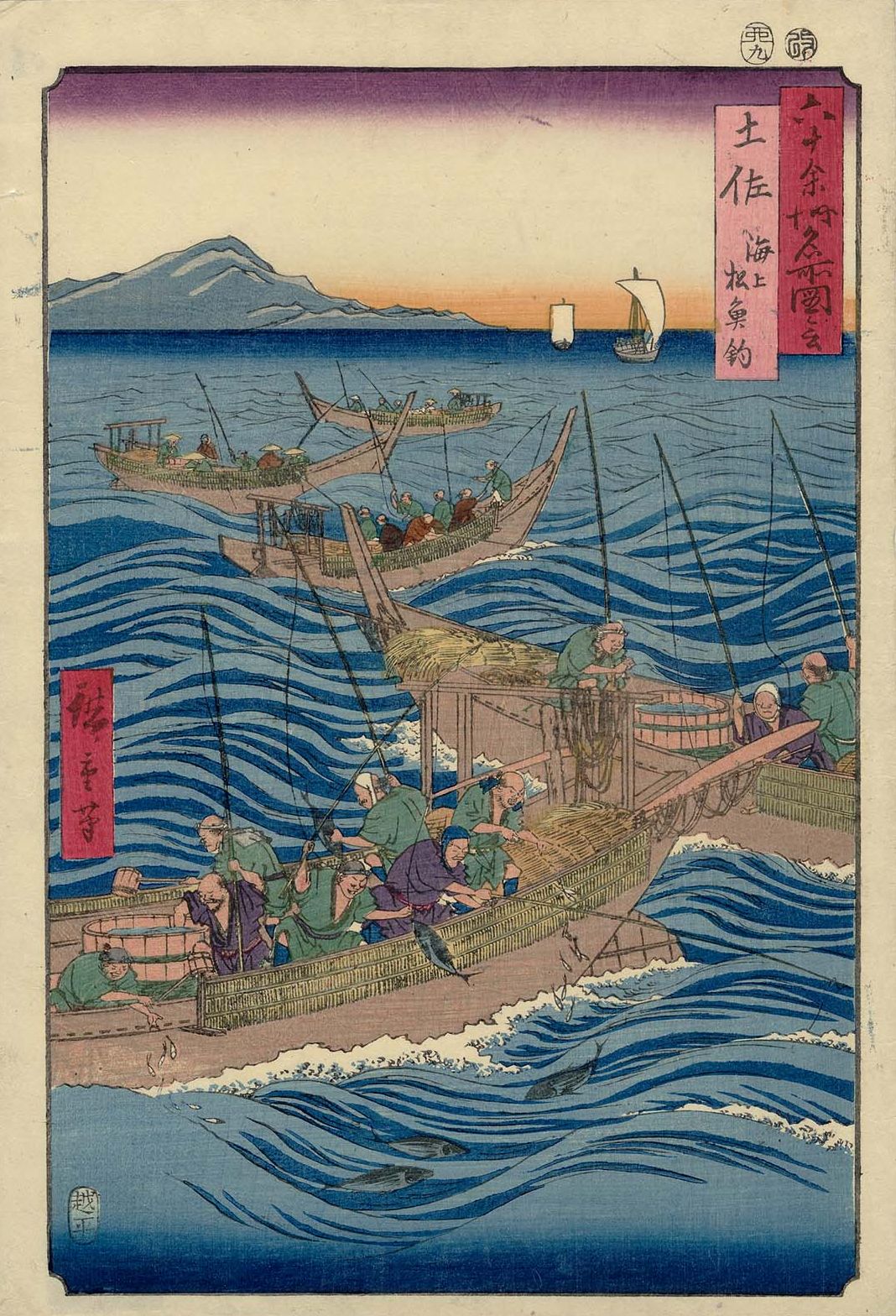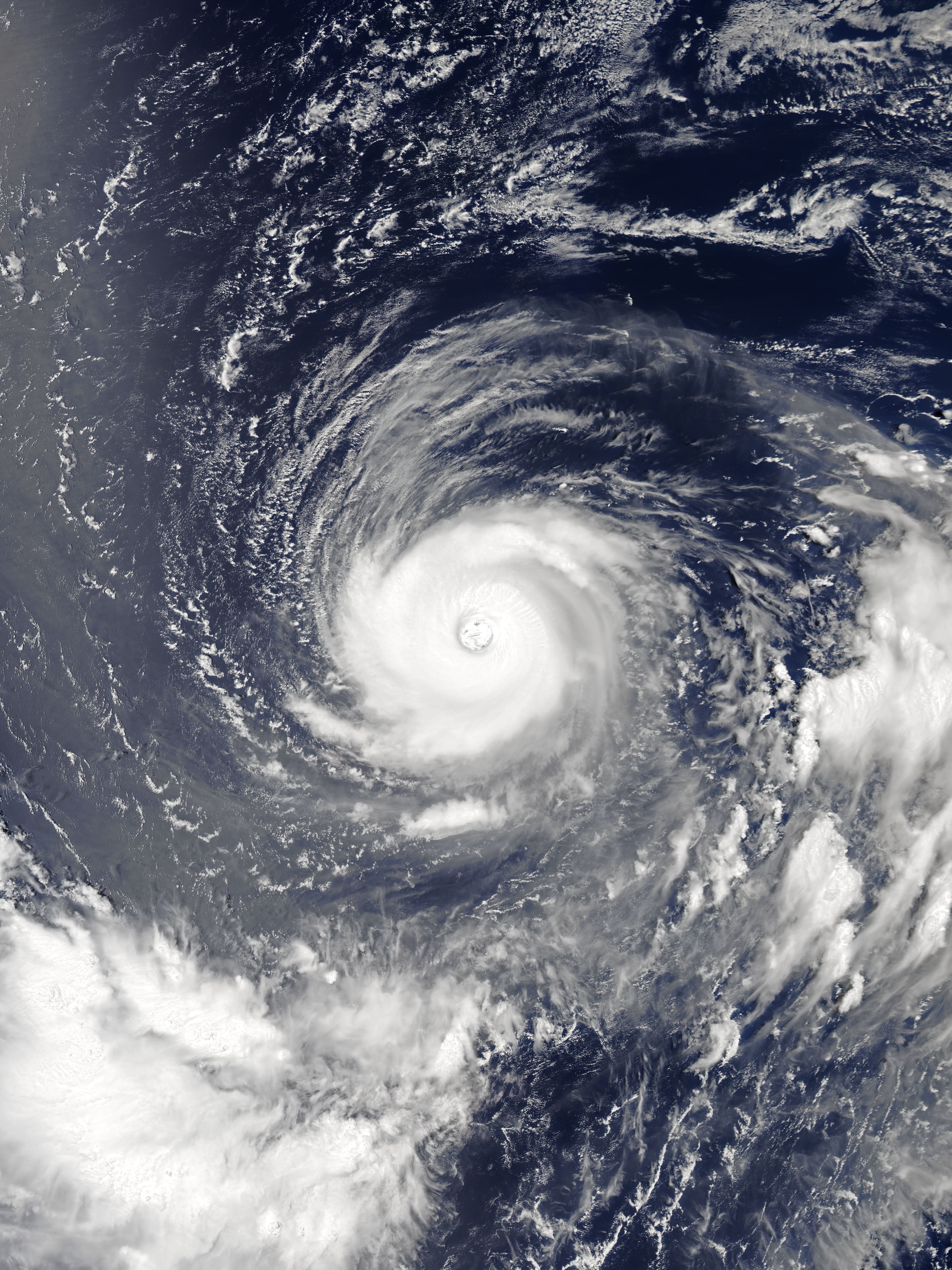|
Sakawa, Kōchi
file:Sakawa town-office.jpg, 270px, Sakawa Town Office file:Sakawa tanada(4981693778 90ee868acb o).jpg, 270px, Rice terraces in Sakawa file:Aoyama bunko.jpg, 270px, Seizan Bunko is a List of towns in Japan, town located in Takaoka District, Kōchi, Takaoka District, Kōchi Prefecture, Japan. , the town had an estimated population of 12,306 in 6036 households and a population density of 120 persons per km2. The total area of the town is . Geography Sakawa is located in a basin along the Yanase River, a tributary of the Niyodo River, in the midwestern part of Kochi Prefecture on the island of Shikoku. The landscape is hilly and the roads and footpaths are winding and narrow. The town is 28 km west of Kōchi, Kōchi, Kōchi City. The tallest mountain in Sakawa is Mt. Kokuzo, with an elevation of 675 meters. Many rivers also run through the town, which are tributaries of the Niyodo River. Neighbouring municipalities Kōchi Prefecture * Hidaka, Kōchi, Hidaka * Ino, Kōchi, Ino ... [...More Info...] [...Related Items...] OR: [Wikipedia] [Google] [Baidu] |
Towns Of Japan
A town (町; ''chō'' or ''machi'') is a Local government, local administrative unit in Japan. It is a local public body along with Prefectures of Japan, prefecture (''ken'' or other equivalents), Cities of Japan, city (''shi''), and Villages of Japan, village (''mura''). Geographically, a town is contained within a Districts of Japan, district. The same word (町; ''machi'' or ''chō'') is also used in names of smaller regions, usually a part of a Wards of Japan, ward in a city. This is a legacy of when smaller towns were formed on the outskirts of a city, only to eventually merge into it. Towns See also * Municipalities of Japan * List of villages in Japan * List of cities in Japan * Japanese addressing system References External links "Large City System of Japan"; graphic shows towns compared with other Japanese city types at p. 1 [PDF 7 of 40 /nowiki>] {{Asia topic, List of towns in Towns in Japan, * ... [...More Info...] [...Related Items...] OR: [Wikipedia] [Google] [Baidu] |
Kōchi, Kōchi
is the capital city of Kōchi Prefecture located on the island of Shikoku in Japan. With over 40% of the prefectural population, Kōchi is the main commercial and industrial centre and the "primate city" of the prefecture. , the city had an estimated population of 311,224 in 163,479 households, and a population density of 1,000 persons per km2. The total area of the city is . Overview A symbol of the city is its most famous dish, katsuo ''tataki'', made by lightly searing and seasoning bonito. Cityscape File:Kochi Japan.jpg, Skyline of Kōchi City(2006) File:080229 Obiyamachi Street Kochi Kochi pref Japan01s.jpg, Obiyamachi in Downtown Kōchi City(2008) File:Nichiyoichi.jpg, Sunday street markets(2009) File:Kochi-City.jpg, CBD of Kōchi City(2010) File:高知城 天守からの景色3 Kochi Castle - panoramio.jpg, Views from Kōchi Castle Keep Tower(2013) File:Kochi Castle, enkei.jpg, Kōchi Castle(2020) Geography Kōchi is located on the souther ... [...More Info...] [...Related Items...] OR: [Wikipedia] [Google] [Baidu] |
Tosa Domain
The was a Han (Japan), feudal domain under the Tokugawa shogunate of Edo period Japan, controlling all of Tosa Province in what is now Kōchi Prefecture on the island of Shikoku. It was centered around Kōchi Castle, and was ruled throughout its history by the ''tozama daimyō'' Yamauchi clan. Many people from the domain played important roles in events of the late Edo period including Nakahama Manjirō, Sakamoto Ryōma, Yui Mitsue, Gotō Shōjirō, Itagaki Taisuke, Nakae Chōmin, and Takechi Hanpeita. Tosa Domain was renamed during the early Meiji period until it was dissolved in the abolition of the han system in 1871 and became Kōchi Prefecture. History At the end of the Sengoku period, the Chōsokabe clan ruled Tosa Province. The Chōsokabe had briefly controlled the entire island of Shikoku under Chōsokabe Motochika from 1583 until he was defeated by Toyotomi Hideyoshi in the Invasion of Shikoku (1585), Invasion of Shikoku in 1585. Motochika fought for Hideyoshi in th ... [...More Info...] [...Related Items...] OR: [Wikipedia] [Google] [Baidu] |
Edo Period
The , also known as the , is the period between 1600 or 1603 and 1868 in the history of Japan, when the country was under the rule of the Tokugawa shogunate and some 300 regional ''daimyo'', or feudal lords. Emerging from the chaos of the Sengoku period, the Edo period was characterized by prolonged peace and stability, urbanization and economic growth, strict social order, Isolationism, isolationist foreign policies, and popular enjoyment of Japanese art, arts and Culture of Japan, culture. In 1600, Tokugawa Ieyasu prevailed at the Battle of Sekigahara and established hegemony over most of Japan, and in 1603 was given the title ''shogun'' by Emperor Go-Yōzei. Ieyasu resigned two years later in favor of his son Tokugawa Hidetada, Hidetada, but maintained power, and defeated the primary rival to his authority, Toyotomi Hideyori, at the Siege of Osaka in 1615 before his death the next year. Peace generally prevailed from this point on, making samurai largely redundant. Tokugawa sh ... [...More Info...] [...Related Items...] OR: [Wikipedia] [Google] [Baidu] |
Yayoi Period
The Yayoi period (弥生時代, ''Yayoi jidai'') (c. 300 BC – 300 AD) is one of the major historical periods of the Japanese archipelago. It is generally defined as the era between the beginning of food production in Japan and the emergence of keyhole-shaped burial mounds (前方後円墳, ''zenpō-kōen-fun''). Chronologically, it spans from around the 10th century BCE or 9th–8th century BCE to the mid-3rd century CE. Following the Jōmon period, which was characterized by a hunter-gatherer economy, the Yayoi period marked the transition to a productive economy based on wet-rice agriculture. In the latter half of the late Yayoi period (around the 1st century CE), large regional powers emerged throughout western Japan, including the Tokai and Hokuriku regions. By the end of the 2nd century, the political entity known as Wa-koku (倭国) had formed. It is generally considered that the Yayoi period transitioned into the Kofun period around the mid-3rd century, although the ... [...More Info...] [...Related Items...] OR: [Wikipedia] [Google] [Baidu] |
Japanese Paleolithic
The is the period of human inhabitation in Japan predating the development of pottery, generally before 10,000 BC. The starting dates commonly given to this period are from around 40,000 BC, with recent authors suggesting that there is good evidence for habitation from c. 36,000 BC onwards. The period extended to the beginning of the Mesolithic Jōmon period, or around 14,000 BC. Archaeology of the Paleolithic period The study of the Paleolithic period in Japan did not begin until quite recently: the first Paleolithic site was not discovered until 1946, right after the end of World War II. Due to the previous assumption that humans did not live in Japan before the Jōmon period, excavations usually stopped at the beginning of the Jōmon stratum (14,000 BC), and were not carried on further. However, since that first Paleolithic find by Tadahiro Aizawa, around 5,000 Paleolithic sites have been discovered, some of them at existing Jōmon archaeological sites, and some dating to the ... [...More Info...] [...Related Items...] OR: [Wikipedia] [Google] [Baidu] |
Tosa Province
was a province of Japan in the area of southern Shikoku. Nussbaum, Louis-Frédéric. (2005). "''Tosa''" in . Tosa bordered on Awa to the northeast, and Iyo to the northwest. Its abbreviated form name was . In terms of the Gokishichidō system, Tosa was one of the provinces of the Nankaidō circuit. Under the '' Engishiki'' classification system, Tosa was ranked as one of the "middle countries" (中国) in terms of importance, and one of the "far countries" (遠国) in terms of distance from the capital. The provincial capital was located in what is now the city of Nankoku. The '' ichinomiya'' of the province is the Tosa shrine located in the city of Kōchi. retrieved 2011-08-09 [...More Info...] [...Related Items...] OR: [Wikipedia] [Google] [Baidu] |
Typhoon
A typhoon is a tropical cyclone that develops between 180° and 100°E in the Northern Hemisphere and which produces sustained hurricane-force winds of at least . This region is referred to as the Northwestern Pacific Basin, accounting for almost one third of the world's tropical cyclones. For organizational purposes, the northern Pacific Ocean is divided into three regions: the eastern (North America to 140°W), central (140°W to 180°), and western (180° to 100°E). The Regional Specialized Meteorological Center (RSMC) for tropical cyclone forecasts is in Japan, with other tropical cyclone warning centres for the northwest Pacific in Hawaii (the Joint Typhoon Warning Center), the Philippines, and Hong Kong. Although the RSMC names each system, the main name list itself is coordinated among 18 countries that have territories threatened by typhoons each year. Within most of the northwestern Pacific, there are no official typhoon seasons as tropical cyclones form througho ... [...More Info...] [...Related Items...] OR: [Wikipedia] [Google] [Baidu] |
Humid Subtropical Climate
A humid subtropical climate is a subtropical -temperate climate type, characterized by long and hot summers, and cool to mild winters. These climates normally lie on the southeast side of all continents (except Antarctica), generally between latitudes 25° and 40° and are located poleward from adjacent tropical climates, and equatorward from either humid continental (in North America and Asia) or oceanic climates (in other continents). It is also known as warm temperate climate in some climate classifications. Under the Köppen climate classification, ''Cfa'' and ''Cwa'' climates are either described as humid subtropical climates or warm temperate climates. This climate features mean temperature in the coldest month between (or ) and and mean temperature in the warmest month or higher. However, while some climatologists have opted to describe this climate type as a "humid subtropical climate", Köppen himself never used this term. The humid subtropical climate classific ... [...More Info...] [...Related Items...] OR: [Wikipedia] [Google] [Baidu] |
Tsuno, Kōchi
270px, Shikoku karst landscape is a town located in Takaoka District, Kōchi Prefecture, Japan. , the town had an estimated population of 5,127 and a population density of 26 persons per km².The total area of the town is . Geography Tsuno is located in the mid-western part of Kochi Prefecture on the island of Shikoku. The town is surrounded by the Shikoku Mountains and the landscape is steep, with about 90% occupied by forests, and the area ratio of agricultural land and residential land is low. In the Hayama area, the Shinjo River runs east and west in the central area, and in the Higashitsuno area are the headlands of the Shimanto River. Neighbouring municipalities Ehime Prefecture * Kumakōgen Kōchi Prefecture * Niyodogawa * Ochi * Sakawa * Shimanto Town * Susaki * Tosa * Yusuhara Climate Tsuno has a humid subtropical climate (Köppen ''Cfa'') characterized by warm summers and cool winters with light snowfall. The average annual temperature in Tsuno is 12.8&nbs ... [...More Info...] [...Related Items...] OR: [Wikipedia] [Google] [Baidu] |
Tosa, Kōchi
file:仁淀川河口大橋.jpg, 270px, Niyodo River in Tosa file:Tosa city center area Aerial photograph.2014.jpg, 270px, Aerial view of Tosa city center is a Cities of Japan, city located in Kōchi Prefecture, Japan. , the city had an estimated population of 26,427 in 12,671 households and a population density of 290 persons per km2. The total area of the city is . The city of Tosa should not be confused with the historical Tosa Province, which covered all of modern-day Kōchi Prefecture. Geography Tosa is located in central Kōchi Prefecture on the southern coast of the island of Shikoku, and faces the Shikoku Mountains to the north and Pacific Ocean to the south. The Niyodo River flows through the Takaoka Plain in the town, where rice is grown. Surrounding municipalities Kōchi Prefecture *Hidaka, Kōchi, Hidaka *Ino, Kōchi, Ino *Kōchi (city) *Kōchi, Kōchi, Kōchi *Sakawa, Kōchi, Sakawa *Susaki, Kōchi, Susaki Climate Tosa has a humid subtropical climate (Köppen ''Cf ... [...More Info...] [...Related Items...] OR: [Wikipedia] [Google] [Baidu] |





